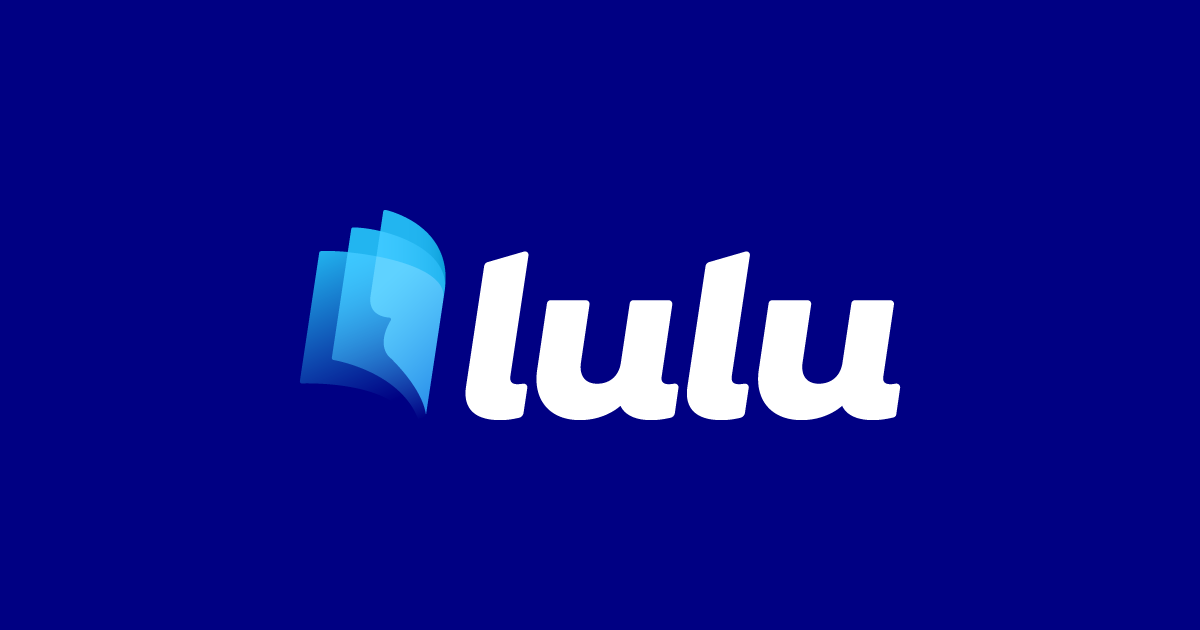The 5 Freedoms Framework

Now that we understand why it’s important to design our lives, we need to know how to do it.
The “four freedoms” from Dan Sullivan have been my go-to as I coach and consult creative business owners. However, his list has recently changed, so we’ll use an expanded version I’ll call the five freedoms, because I do think that he should have added, rather than replaced that fourth freedom.
What we’ll do in this chapter is think of the outcomes that you want in five different areas of your life, which will help you create the perfect vehicle - your business - to help you achieve those outcomes.
First, the five freedoms:
- Financial
- Time
- Location
- Relationship
- Purpose
We’ll take them one by one and I’ll give you a little “micro coaching” as we go so you can experience a similar process that I take all of my clients through when I start working with them.
#1 - Financial Freedom
Financial freedom is measured by how much you make, how much you have, and what that money allows you to do.
Let’s start with how much you want to make. In my last book I talked about creating six-figure businesses, since most creators I know would be happy and comfortable making six figures a year.
But how much does your business need to make in order to pay you, say, $100,000 per year?
The simple math looks like this:
If you’re a solo business owner, a “company of one”, then multiply $100,000 (or whatever amount you want to make in a year) by 1.66 (or divide by .6, whichever you like).
This means that in order to pay yourself $100k, your business needs to make $166,666, to allow for profit (10%), taxes (15%), and operating expenses (15%).
$100,000 x 1.66 = $166,666
Now, if you run a business with multiple employees, you need to account for the extra overhead like taxes, unemployment, insurance, facilities, equipment, and more.
So instead of 1.66, you’ll multiply by 2.5.
$200,000 x 2.5 = $500,000
To pay yourself $200k as the CEO, your business needs to make $500k. If you pay your employees an average of $75,000 per year, then you need to make $187,500 per employee. This number is called RPI, revenue per individual.
If your company is you plus six employees, your business needs to make $1,625,000 per year, an average RPI of $232,143. This leaves you with a comfortable profit margin, enough money to cover overhead, and the ability to confidently pay your employees each and every month. An RPI north of $200,000 is a healthy RPI. Below that and you’ll struggle to grow, to hire, to expand, or to be resilient when your market or economy experiences any uncertainty.
Simple. Now you know how much your business needs to make in order to pay you what you need to have financial freedom.
This math is important because I know many companies that have 5+ employees yet make less than $1m per year, which, as you now know, means they’re struggling to make ends meet.
Start by defining how much you want to pay yourself, the amount you want to pay each employee, and then multiply appropriately.
It’s surprising how many creative business owners have never done this math. But this gives you a number that becomes an outcome that you can build a system to achieve it consistently.
#2 - Freedom of Time
How many hours a day do you want to work? How about per week? How many days or weeks, and dare I ask in a row do you want to take for vacation every year?
I love hearing stories like Basecamp who decided to work shorter hours during the summer. They went from a 40-hour work week to a 30-hour summer week, but kept everyone at the same salary. The employees got to choose how they spread those hours out over the week, and, not surprisingly, the output from the company didn’t change dramatically. Amazing.
If you’re like most business owners I know, you are “always on”, meaning there’s not even a point to try and calculate how many hours you currently work because the answer is: all of them.
For some, that’s the desired outcome. And if that’s you, I’m happy for you! Congrats on designing the freedom of time you want to have in your life.
However, my experience is that sort of work load isn’t sustainable. This section isn’t just about working less, it’s about designing your time in a way that’s desirable for you and your team.
Maybe you decide to take Fridays or Monday’s off part of or all of the year. Maybe you work six hour days instead of eight or nine. Maybe you take December and January off, like our film industry friends from the last chapter.
What does “freedom of time” look like for you? No one else is going to decide for you, so take the time now to design it for you.
#3 - Location Freedom
It’s exactly what it sounds like. Do you want to work from home? On a beach? In the mountains? In an expensive high-rise or a cool downtown office? Do you want flexibility in deciding where you work or the consistency that comes from having everyone in the office every day for the same amount of time?
Do you want to serve clients online or virtually? Or do you want to travel within your city, your state, your country, or internationally?
I love traveling, so it was an amazing opportunity to work on Relative Race as a producer. Throughout the four seasons I traveled to over 20 states, some multiple times. I got to experience food, culture, and climates that I never would have in the same amount of time. And I got paid to do it!
In 2013 I got to go film a project for a month in Sicily. I learned some Italian while I was there, rode mopeds on a small island called Favignana, and ate some incredible food. I felt like a local after just a few weeks there.
In 2022 I was asked to produce a feature film with a friend that we ended up filming in Cape Town, South Africa. I spent eight weeks there over two trips. I mountain biked, hiked, drove, explored, ate, and lived there for two months! It was an incredible experience.
I love the outcome of working all over the world. I am now redesigning that outcome so that it includes the ability to bring my family along with me. 7 weeks away from my wife and three boys is too long, so next time I want to bring them with me so they can experience all of the wonderful things I get to experience.
What does “freedom of location” look like for you?
#4 - Freedom of Relationships
This is the one that Dan swapped out recently, and I’m not sure why. Defining who you want with and who you want to work for is essential to your happiness as a business owner.
Some businesses prefer one big client that represents most of their revenue each year. It provides consistency and stability. Others feel like having one client represent more than 20% of their revenue is too risky, so they optimize for many smaller clients in any given year.
Some people work in industries or with clients that they don’t enjoy. Business owners that are filming videos in the healthcare space when they really want to be making narrative documentaries or tv or films. They are paying the bills but they aren’t getting any closer to the real outcome of working with actors, a crew, and putting their work in front of audiences in theaters.
Do you want to work with Fortune 500 clients or local small businesses? What kind of jobs do you want to hire people for? What kind of personalities do you want to surround yourself with at work? Do you want to work with people older than you or younger than you?
All of these things matter when you’re designing the kind of relationships you want in your life. Most important of all, however, is what do you want your personal relationships to look like?
What kind of marriage or partnership do you want to have? What kind of relationship with your kids or parents or siblings? Don’t ignore these relationships, as they are the longest lasting and deserve the most time and attention of all. Be intentional with how you design these relationships.
#5 - Freedom of Purpose
This one is Dan’s new “fourth” principle, but my “fifth” principle for our purposes. A great question for this also comes from Dan Sullivan:
Looking forward three years from now, what has to happen in order for you to feel happy with your progress?
I love that there aren’t any containers or boundaries on this questions. It’s simply about “what will make you happy”?
Do you want to make more money? Grow your business? Change your industry? Create opportunities for others? Spend more time with or travel with your family?
This purpose informs the reasons that drive you to build your business in this new way, with an outcome-focused, craftsman mindset. With big enough reasons you can do anything.
TAKE ACTION
Go in reverse back through the five freedoms I’ve listed in this chapter. Start with purpose. What will make you happy? Answer the three-year question and let that inform how you design the other four freedoms.
Then go one by one and design the outcomes for each one of these areas. Once you’ve done that, move to the next chapter.

Sponsored By Lulu.com
The team at Lulu has been an incredible partner since I released my last book, Craftsman Creative - How Five-Figure Creators Can Build Six-Figure Businesses.
We've partnered on this next book, Blockbuster, to share the ins and outs, the behind the scenes of writing and publishing a book in public.
To learn more about how Lulu can help you get your book out into the world, visit lulu.com by clicking the button below:
NEXT CHAPTER

PREVIOUS CHAPTER



Member discussion